A quick trawl through Flickr, 500px or similar, might suggest that landscape photography light is restricted solely to the blue and golden hours. Whilst it is true that these times of day tend to give you a better chance of good light, they are not exclusive. Landscapes can be made to look great at any time of day with a little knowledge and the right tools. There might be many reasons why you cannot reach a location in the golden or blue hours, so today we are going to look at how to get great landscapes in daylight.
Avoid The Midday Sun To Get Stronger Shots, If Possible
One of the key elements in any landscape is a feeling of depth. For this reason, you should avoid the midday sun where shadows are at their absolute shortest. The best times, if you are restricted to daylight hours, are the mid-morning and mid-afternoon. At these times the sun is casting longer shadows and giving depth and detail to your images.
Those shadows combined with a bright sky may cause some issues with dynamic range so it's worth carrying some graduated neutral density filters to hold back the sky if needed. Bright light also causes a lot of glare and reflections. Two of the biggest culprits for reflections in landscapes are, obviously, water and perhaps less obviously, foliage. Leaves and grass can reflect a lot of light back at you so the best option to combat this is a polarising filter.
A polarizer will not only cut out glare from the aforementioned but will also darken blue skies making white fluffy clouds more prominent. Be careful when using a polarizer on wide angle lenses. You can get uneven color distribution through blue skies with corners appearing almost black.
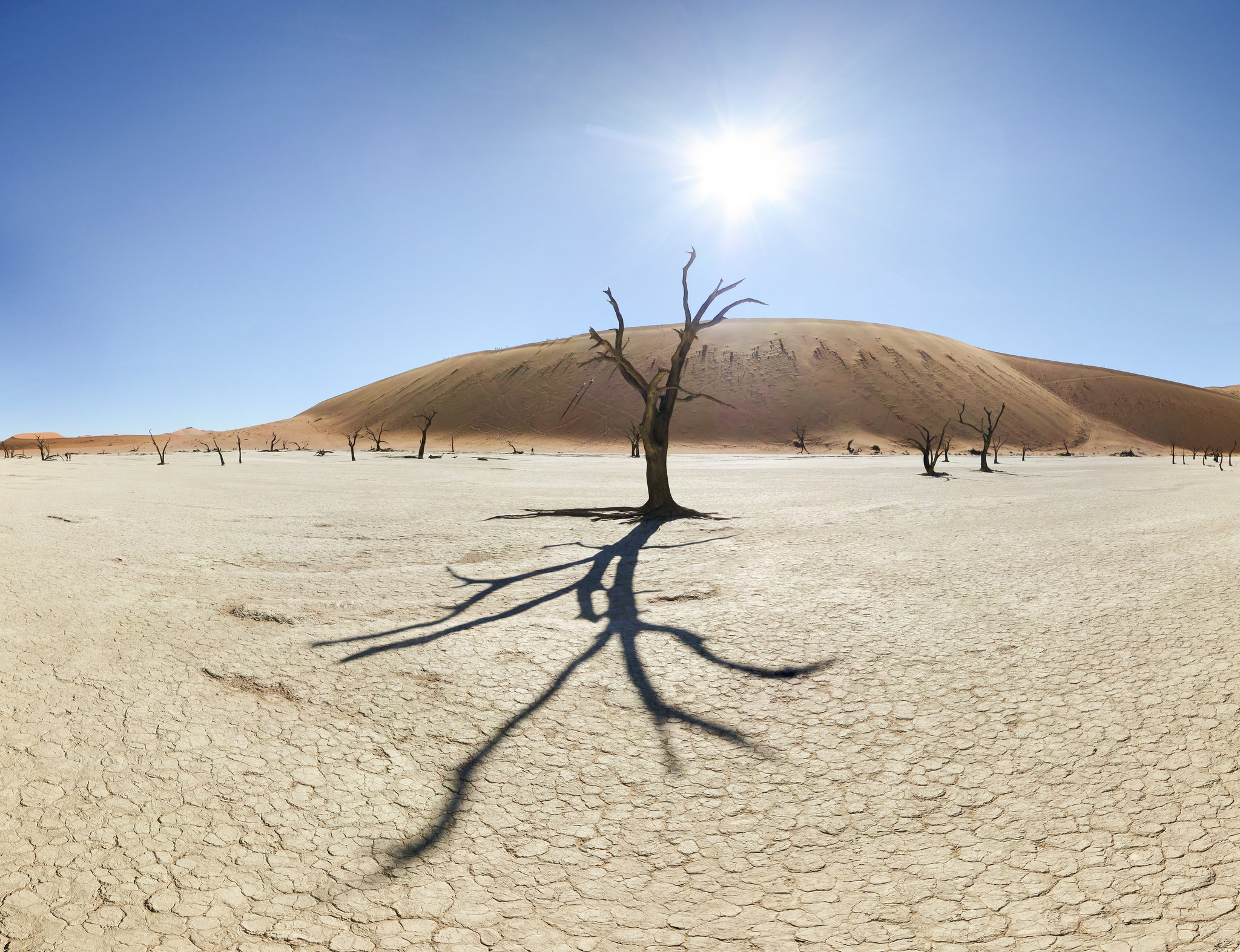
Look For Strong Colours
One of the advantages of the stronger, brighter light of daytime is the ability to punch clouds out and maximise them in our compositions. Colour combinations that work well together often involve the primaries, red, green and blue. A red barn on a green hillside with a deep blue sky would look fantastic in the light of mid-morning or mid-afternoon.
Look for combinations of bright primary colors but also more subtle tones and hues. Pastel shades of similar colors also work well in the daytime, the bright light highlighting the small differences in the tones and hues.
For bright saturated colors, again the polarizer is a great filter to keep handy.
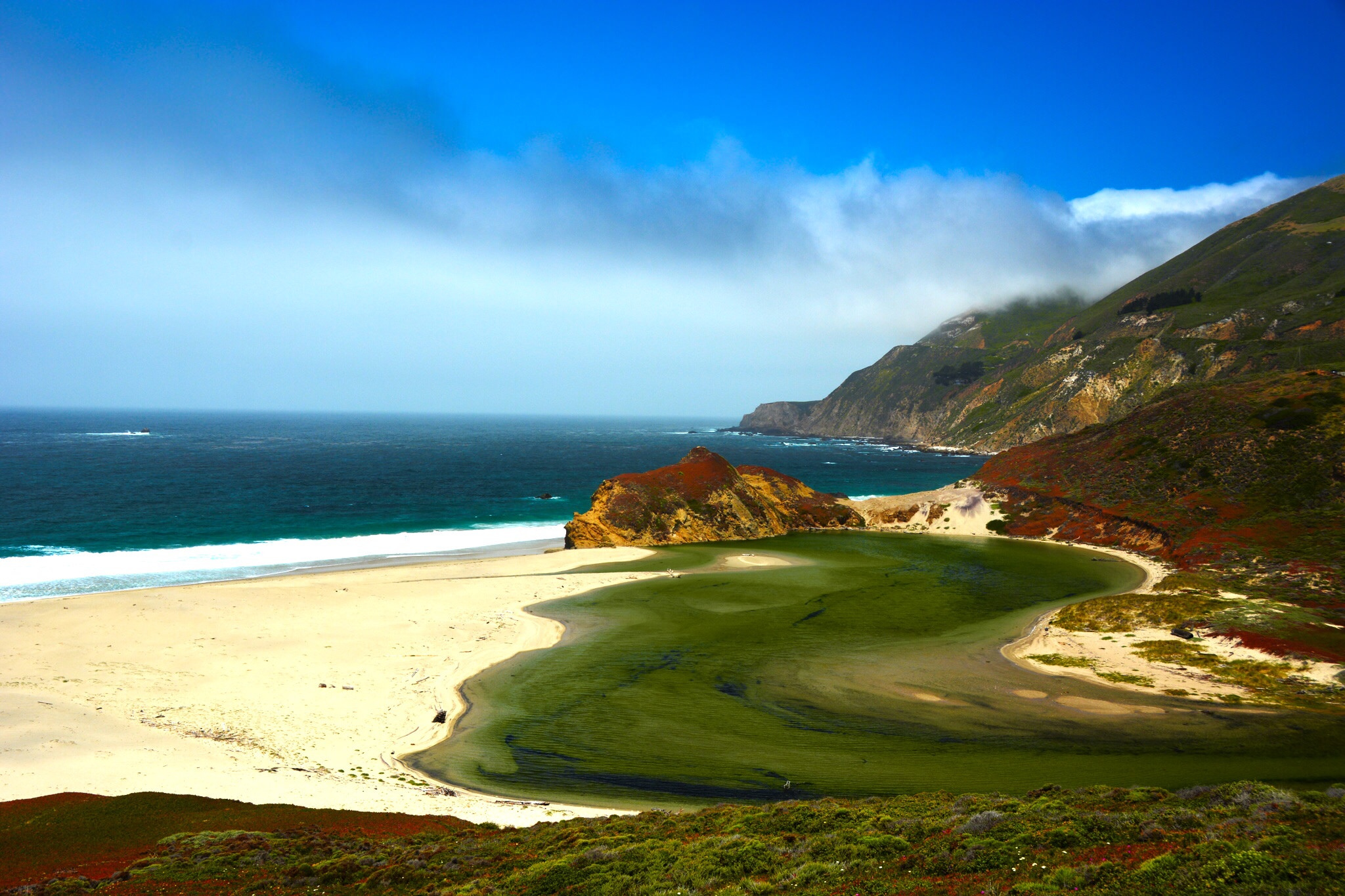
How to Make Cloudy Days Work for Landscape Photography
Daytime landscapes also come into their own on cloudy even fully overcast days. Full cloud coverage can give us some very dramatic skies, different shades of grey and different cloud size all adding depth to a scene. When the sun breaks through we get “god rays” and long shadows across the landscape. With careful positioning, we can use the light and shade to highlight elements of our scene.
Overcast weather can also be a good time to shoot. Perhaps the very best time is Autumn where the low uniform grey can greatly enhance our scenes. Not only does that greyness help enhance the beautiful oranges and reds of fall but also it acts as a giant soft-box eliminating the shadows in complex subjects such as trees and leaves.
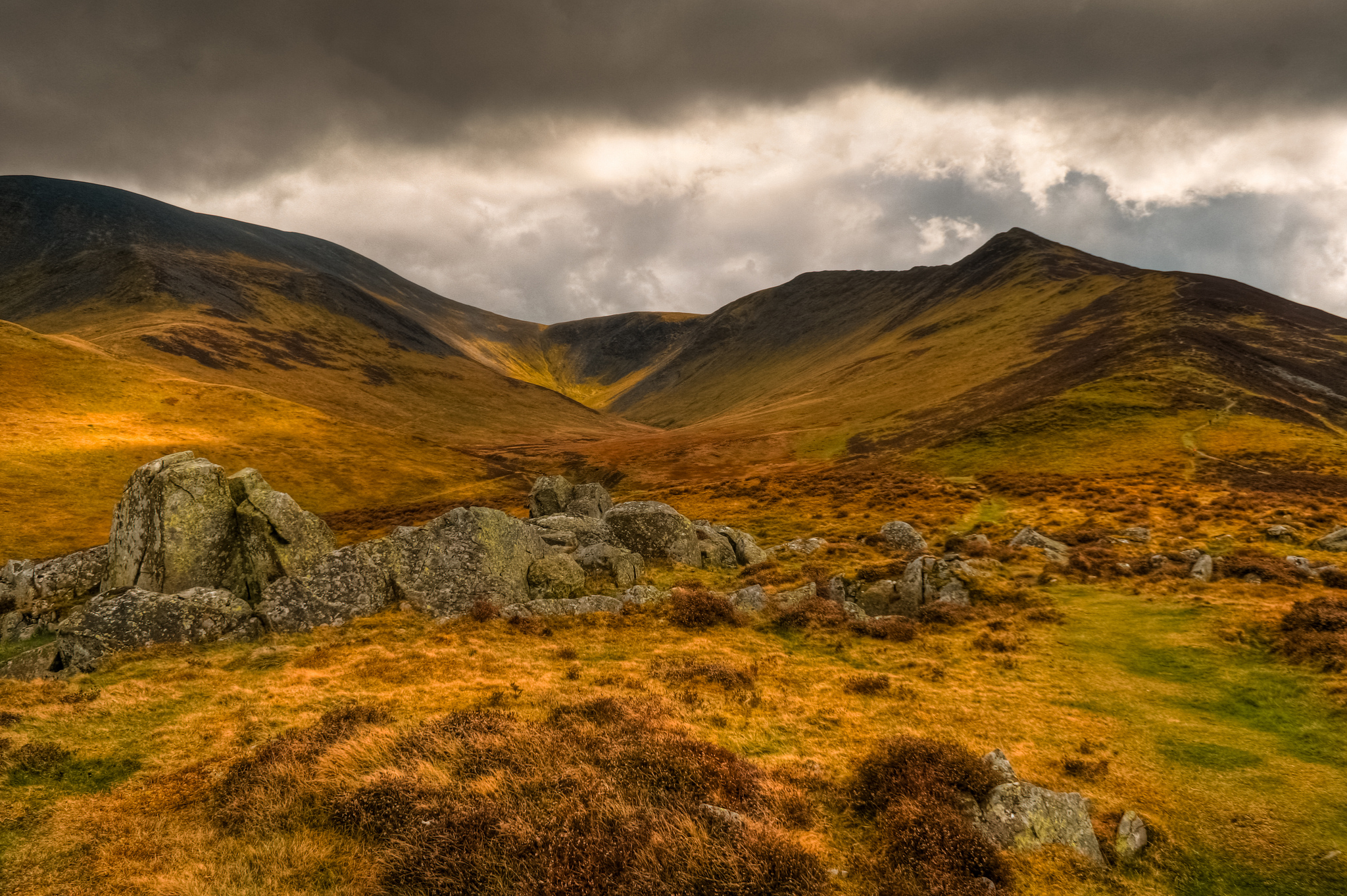
Shoot Black And White
To shoot a black and white landscape in the day you need to see the shot in monochrome before actually shooting. By taking out the bright saturated colors we can now concentrate on the basics of light and shade. The stronger shadows of daylight allow us to highlight elements of our scene using contrast. By using the shadows as part of our composition we can draw the eye into and around our landscape giving a sense of depth.
Overcast and cloudy days also particularly lend themselves to monochrome. Dramatic cloudscapes enhance even the dullest landscape, whilst monochrome on an overcast day adds a sense of mood and mystery to a shot.
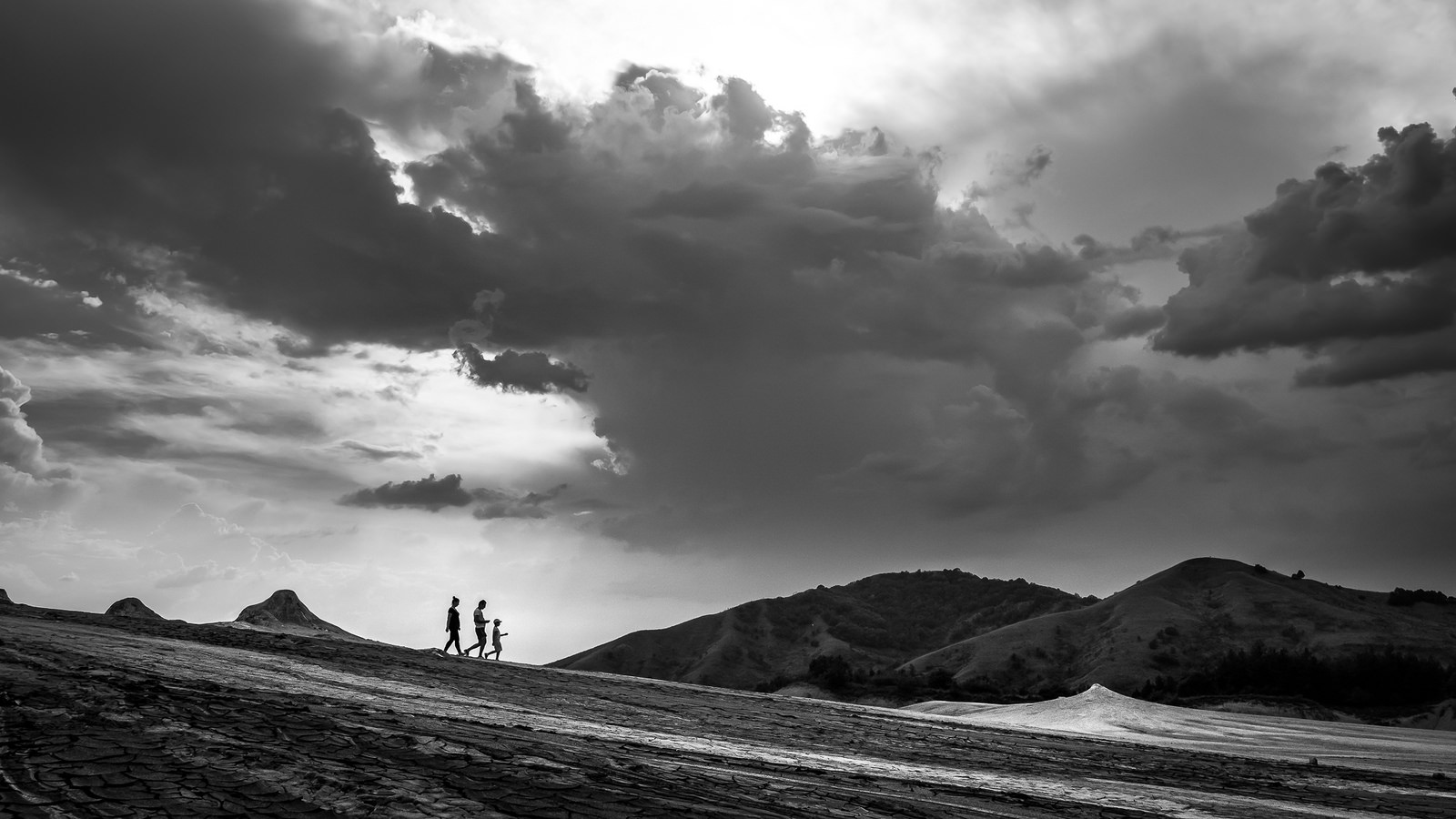
It's not always possible for us to be in a spectacular location in the blue or golden hours. However, that should not be a barrier to making great landscape shots. Bright sunshine can give us bright saturated colors, strong shadows as compositional elements and lots of detail. Cloudy and overcast days lend themselves to more muted color and saturation and dramatic cloudscapes. Whatever the weather or light, with a little forethought and practice you can turn any daytime landscape into a great shot.


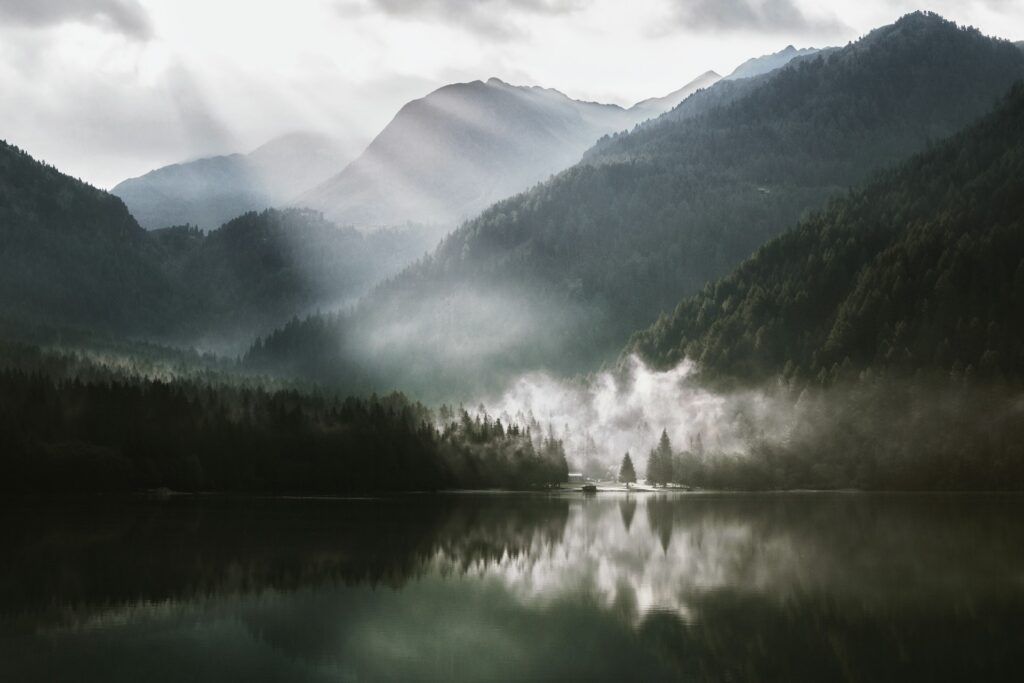


2 Comments
Very useful tips….
All the accompanying images are really beautiful.
Great ideas for those times we can’t get out during golden or blue hours.